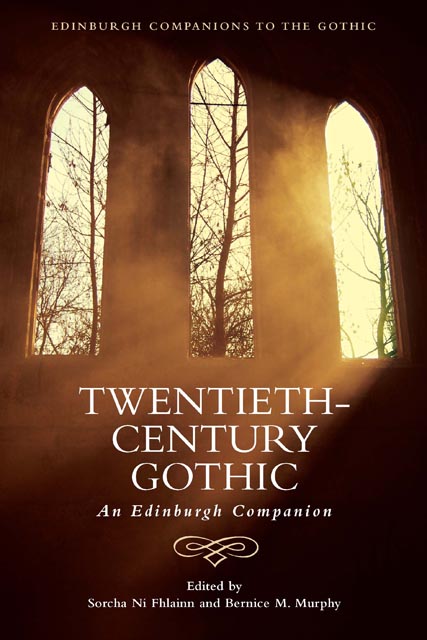9 - Gothic Horror Films at the ‘Fin-de-Millennium’: From Nightmare Videos to Filtered Realities (1980–2000)
Published online by Cambridge University Press: 18 November 2022
Summary
Near the end of the second act of Wes Craven's Scream (1996), a scene begins in a packed video store with Randy (Jamie Kennedy) restocking the horror section. The store is busy, having had a surge of interest in the ‘mass murder’ section following the recent murders of two local teenagers and with an unknown killer on the loose. The town of Woodsboro is terrorised, and the natural solution for its horror-literate teens is to throw parties and watch scary movies. Given his fluency in the genre, Randy acts as the sage librarian of all horror history collected in the store. Randy is soon cornered by classmates Stu Redmond (Matthew Lillard) and Billy Loomis (Skeet Ulrich), who each, in turn, accuse the other of being the local spree killer. After declaring that the police are wasting time by not revisiting the slasher classic Prom Night (1980) to solve the mystery, Billy and Stu suggest that Randy may have his own motive for being the killer. For Randy, the answer to this accusation is apt: ‘It's the millennium. Motives are incidental.’
Scream, as a high point in the 1990s horror renaissance, is an ironic film that trades on insider fan knowledge of tropes and conventions, enamoured with the subgenre it critically unpacks. Thoroughly savvy about the filmic influence of video and slasher culture of the 1980s, Scream functions as a mid-1990s social document that simultaneously points to the jaded and well-worn ideas of the previous decade, while also articulating a distinct unease about the unpredictable and gloomy future rampant in 1990s discourse. Randy's comment about the millennium points directly to this precarious sense of unease as the turn of the century neared. As Scream deftly demonstrates, horror film culture would shift from dangerous knowledge to (video store-gleaned) survival guide, radically transforming its place in corporate Hollywood culture in the process. This chapter will examine various distinctive movements from 1980–2000 that dominated the sociopolitical landscape and aesthetic shifts of Gothic horror films – horror films that include significant Gothic narrative elements and aesthetics. The chapter addresses this fragmented terrain, moving from video panics and the slasher film to Hollywood Gothic and fantasies of Armageddon, to the rise of found footage.
- Type
- Chapter
- Information
- Twentieth-Century GothicAn Edinburgh Companion, pp. 144 - 162Publisher: Edinburgh University PressPrint publication year: 2022



